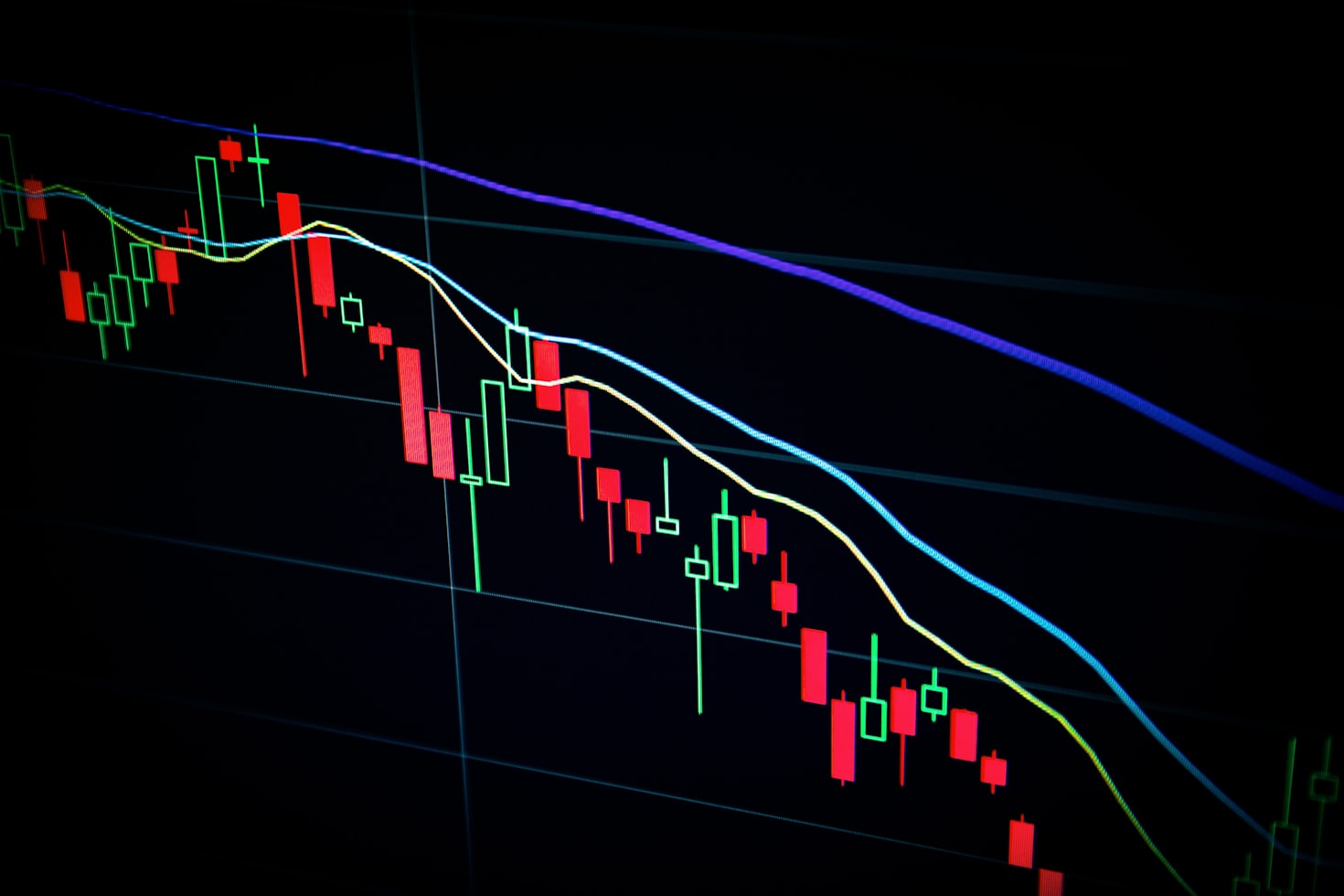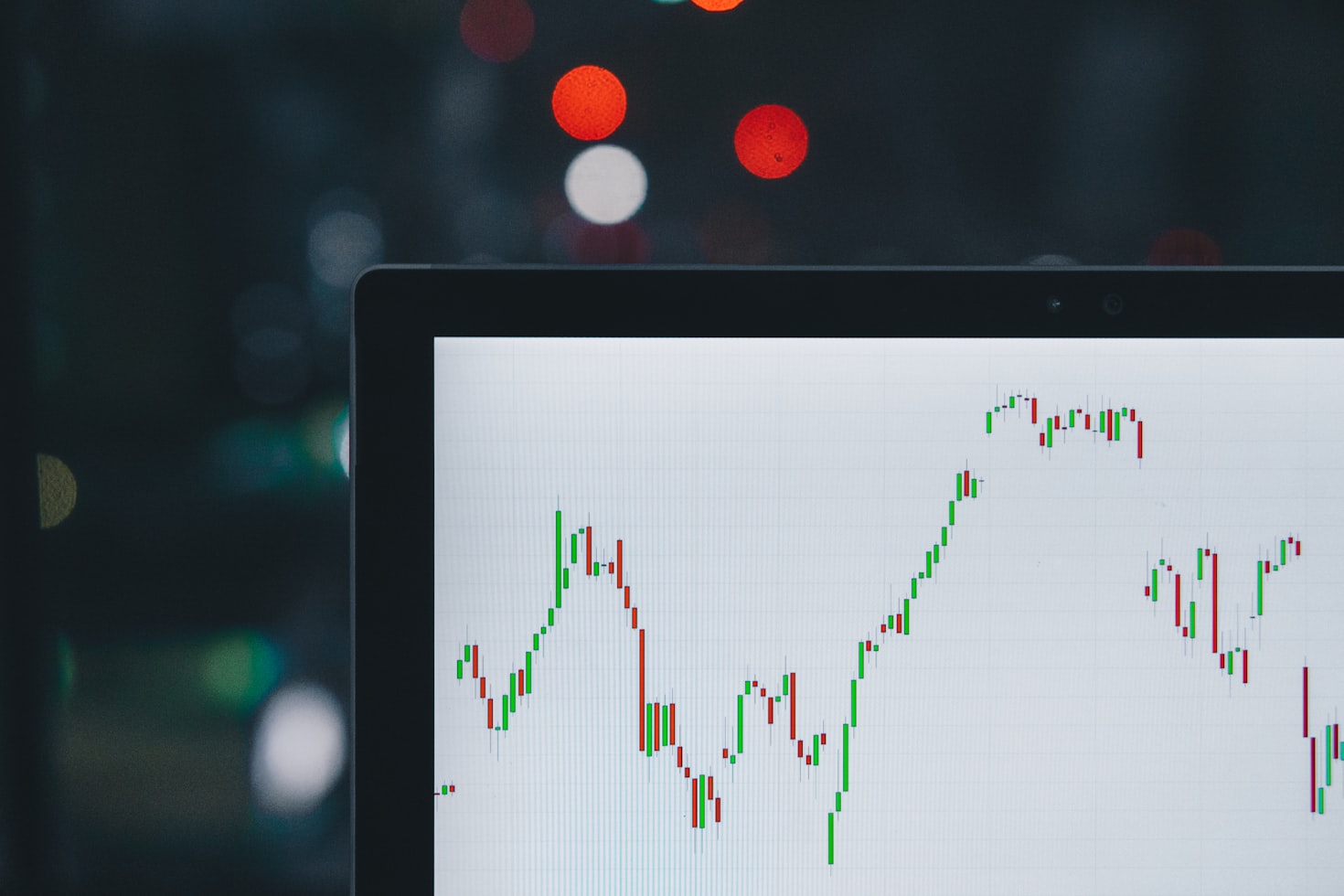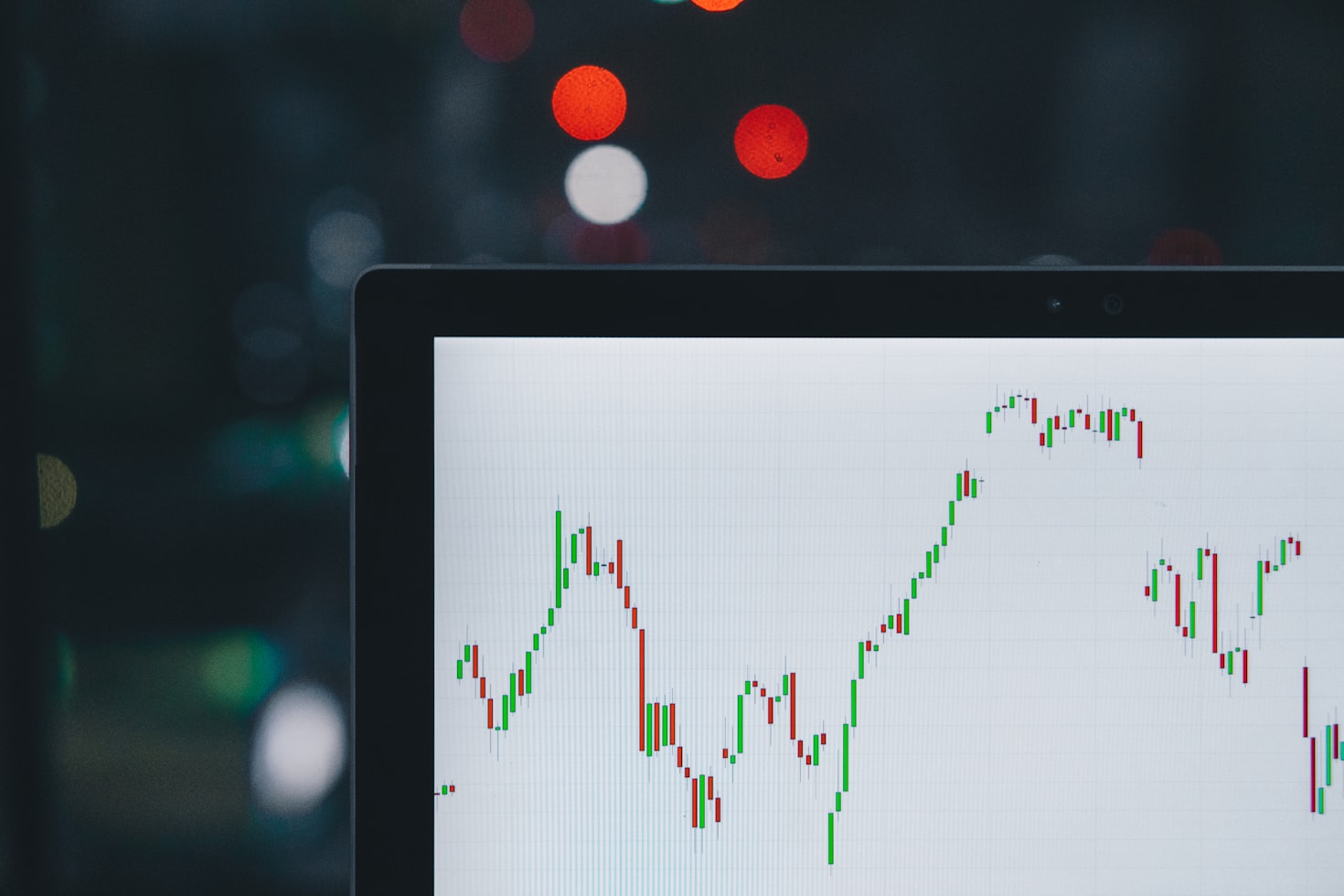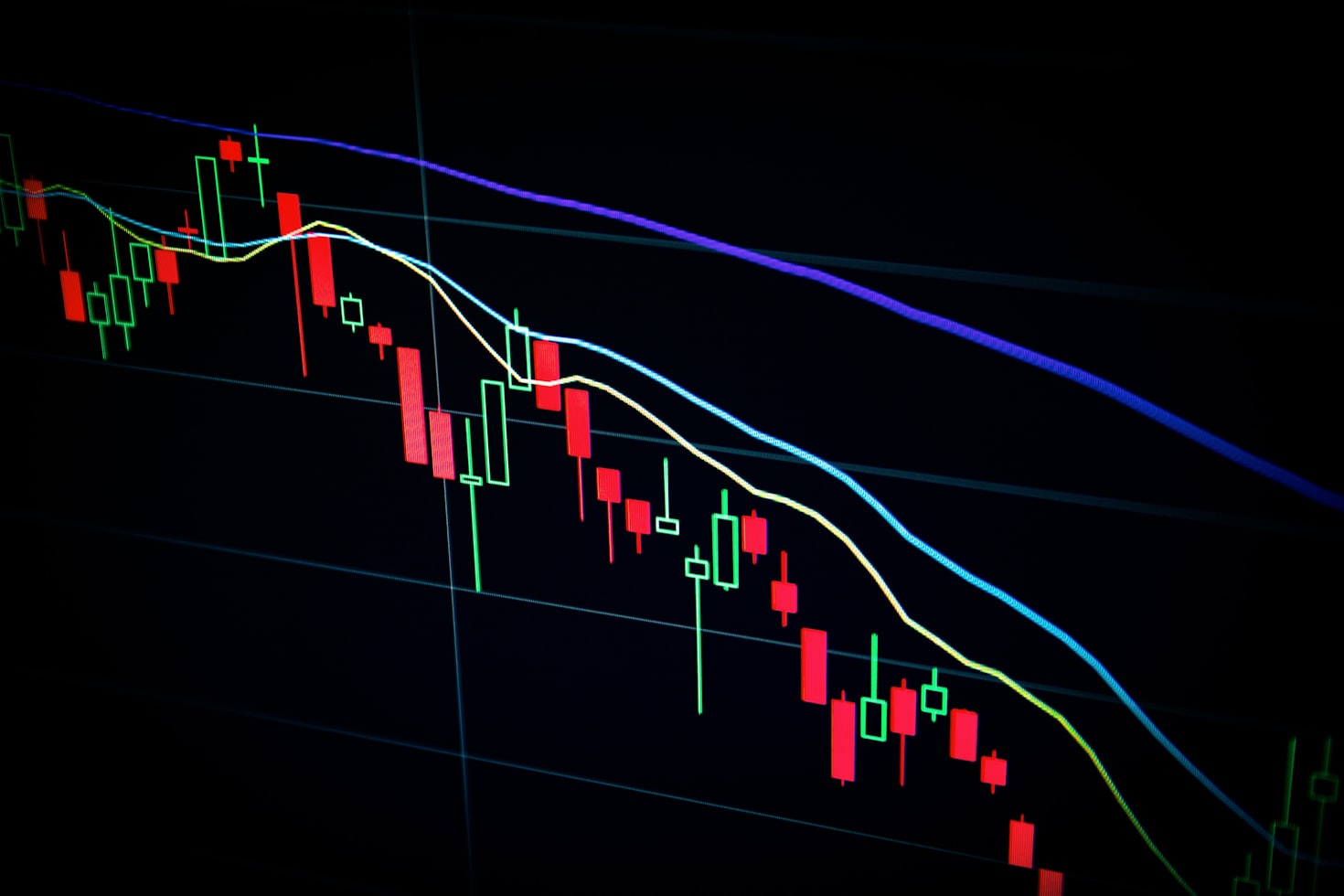Inflation Remains a Concern: Key Gauge Stays Hot in February

As the global economy continues to navigate uncertain waters, a key inflation gauge has remained hot, sparking concerns among consumers and businesses. The latest data reveals that the Consumer Price Index (CPI) rose 2.3% in February, exceeding expectations and underscoring the need for vigilance in managing inflation.
A Growing Concern: Inflationary Pressures
Inflation has been a persistent concern in recent months, with many economists warning of a potential surge in prices. The latest CPI figures only add to this anxiety, as the 2.3% increase marks the largest gain since January 2018. This uptick is particularly concerning, given the looming threat of additional tariffs on Chinese goods, which could further fuel price pressures.
What’s Driving Inflation?
So, what’s behind this surge in inflation? A combination of factors is at play. Strong economic growth, fueled by tax cuts and increased government spending, has led to a surge in demand for goods and services. This, in turn, has pushed prices higher. Additionally, supply chain disruptions, such as the ongoing trade tensions with China, have also contributed to the inflationary pressures.
The Impact on Consumers and Businesses

The implications of this inflationary environment are far-reaching. For consumers, higher prices mean reduced purchasing power and increased costs of living. This could lead to a decrease in consumer spending, which could have a ripple effect on the broader economy. For businesses, the rise in inflation presents a challenge in managing costs and maintaining profit margins. This could lead to reduced investment and hiring, further exacerbating economic uncertainty.
What’s Next?
As the economic landscape continues to evolve, it’s essential to keep a close eye on inflationary pressures. The Federal Reserve is likely to continue monitoring the situation closely, with potential rate hikes on the horizon to combat inflation. Investors should also be prepared for a potentially more volatile market environment, with inflation-sensitive assets such as gold and Treasury bonds potentially benefiting from the uncertainty.
Key Takeaways and Actions to Consider
As the inflation landscape remains uncertain, it’s essential to take a proactive approach to managing your finances. Consider the following key takeaways and actions:
In conclusion, the recent inflation data serves as a reminder of the importance of staying vigilant in managing economic uncertainty. By staying informed, diversifying your portfolio, and adjusting your financial plan accordingly, you can navigate the challenges posed by inflation and maintain long-term financial stability.


